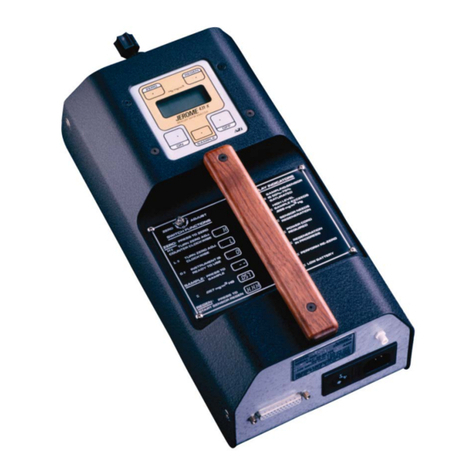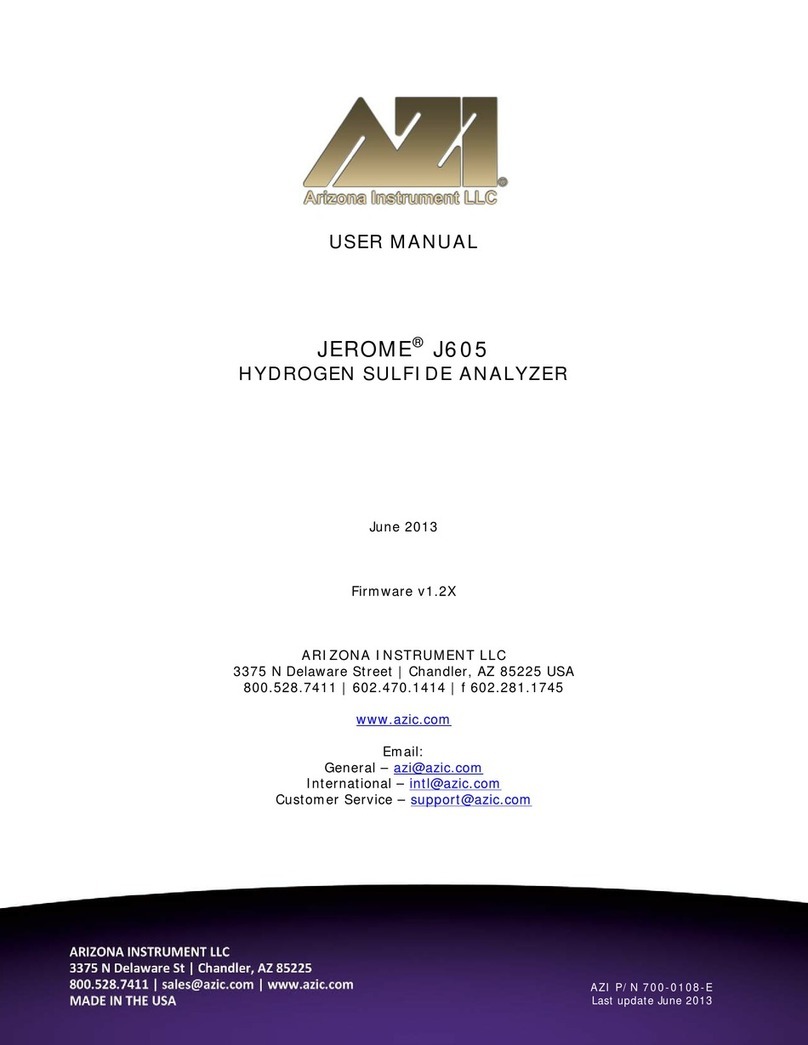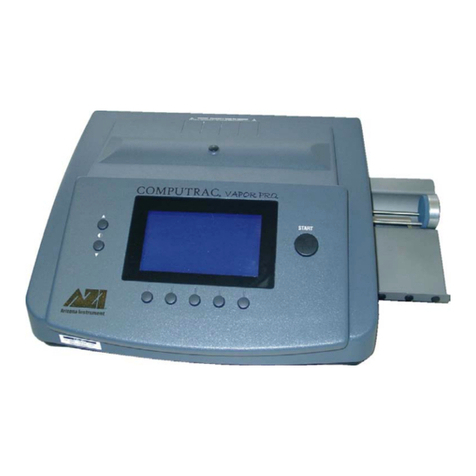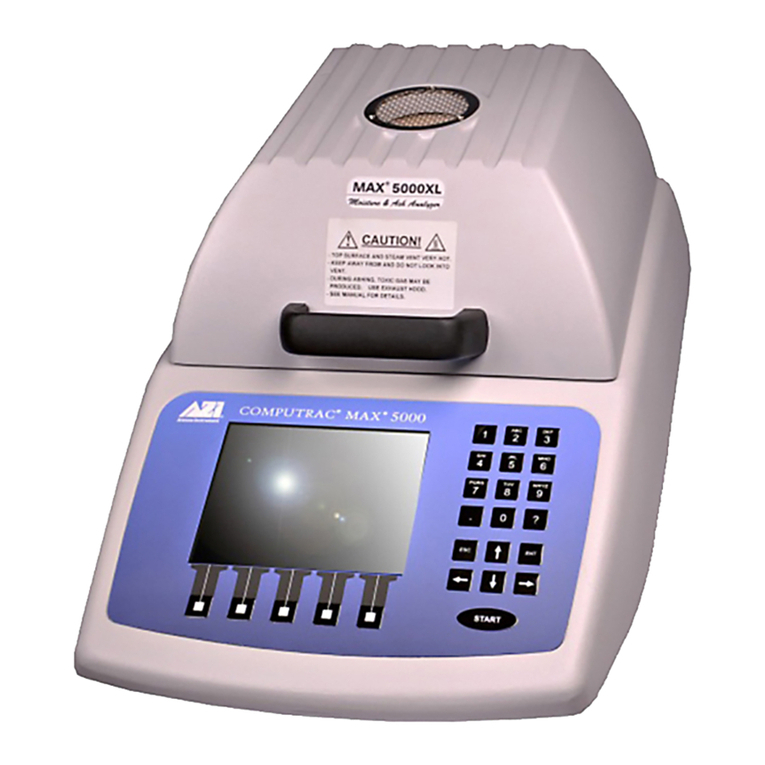
AZI Customer Service 800-528-7411 or 602-470-1414 Page 3 of 61
Table of Contents
1. UNPACKING THE INSTRUMENT...........................................................................5
2. INTRODUCTION.........................................................................................................7
3. JEROME®J405 TECHNICAL SPECIFICATIONS.................................................9
4. PRINCIPLE OF OPERATION...................................................................................10
Zero Air Filter (AZI P/N Z2600 3905)............................................................................11
5. INSTRUMENT OPERATION.....................................................................................12
J405 Main Screen Display...............................................................................................12
J405 Back Panel Connections..........................................................................................13
J405 User Interface Main Menu Structure.......................................................................14
SAMPLE menu................................................................................................................15
REGEN menu ..................................................................................................................17
DATA menu.....................................................................................................................18
SYSTEM menu................................................................................................................20
Daily Operations..............................................................................................................22
Sensor Regeneration ........................................................................................................23
Sample Mode ...................................................................................................................24
Survey Mode....................................................................................................................25
Operating on AC Power or Generator .............................................................................26
Operating on Internal Battery Power...............................................................................26
Battery Management........................................................................................................26
External Battery Power....................................................................................................27
Charging Internal Battery ................................................................................................28
Retrieving Data................................................................................................................29
Instrument I/O Interface...................................................................................................30
4-20mA Output................................................................................................................30
6. MAINTENANCE..........................................................................................................32
Preventive Maintenance Schedule...................................................................................32
Flow System ....................................................................................................................33
.25 inch Fritware Filter ..............................................................................................33
AG Filter Check.........................................................................................................34
Internal Filters............................................................................................................35
Replacing the Battery Pack..............................................................................................36
7. CALIBRATION............................................................................................................37
Factory Calibration Service .............................................................................................37
Verification of Functionality............................................................................................37
8. J405 TROUBLESHOOTING.......................................................................................38
Potential Interferences .....................................................................................................41
9. ACCESSORIES & MAINTENANCE PARTS...........................................................42
Spare Parts and Accessories.............................................................................................43
10. APPENDIX A – USB/HYPERTERMINAL SETUP..................................................47
11. APPENDIX B – J405 FUNCTIONAL TEST KIT.....................................................54
Preparation.......................................................................................................................54
Mercury Transfer.............................................................................................................55
Replacing Mercury...........................................................................................................55
Syringe Technique ...........................................................................................................56


































